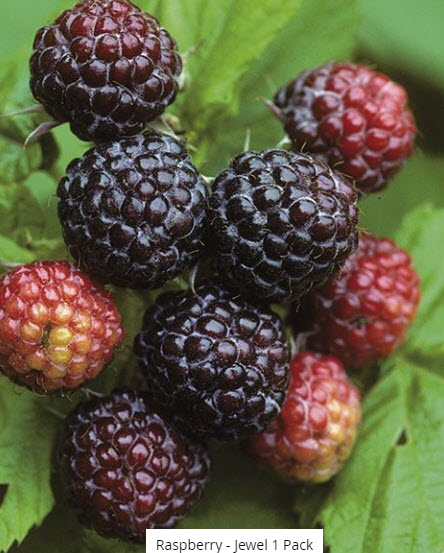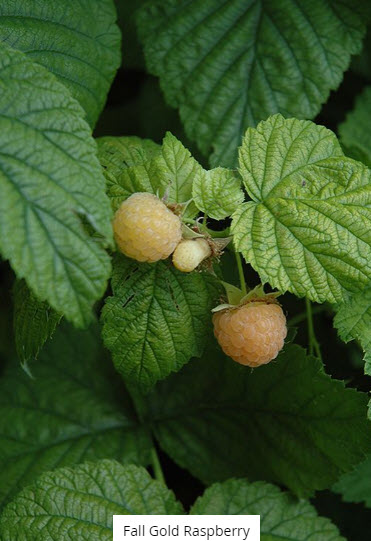Click below to listen to my 2 min. Garden Bite radio show: Planting and trellising raspberries
Audio PlayerThe University of Minnesota Lawn & Garden pages had this article on planting and trellising raspberries last week and I wanted to share it with you! I LOVE fresh raspberries, not bought in a store. Take a peek at some lovely choices below! Yes, I know the photo is strawberries, but you get the idea!!

Raspberries are so tasty! My dog, Gigi, loved them! We had to get to them before she ate them all!
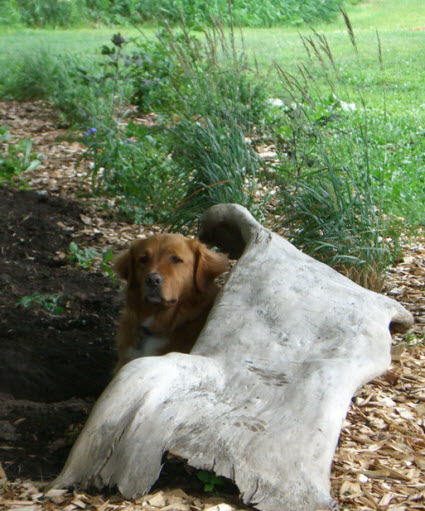
Raspberries are a wonderful fruit crop to grow in the home garden, community garden or urban farm. They’re relatively easy to grow and maintain and they start producing fruit in the first or second year.
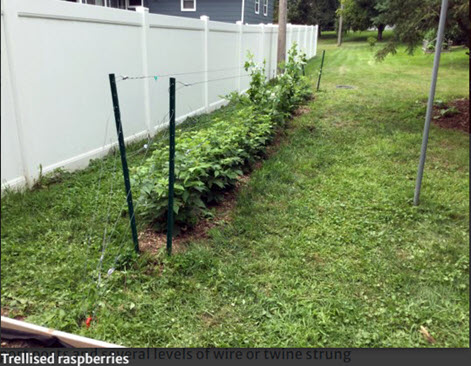
The University of Minnesota says they’re even better trellised. That might help keep some of the other critters away. Maybe! No matter what kind of trellis you design for your raspberries, the goal is simple: Keep the canes and fruit off the ground and leave enough walking space on each side for harvest.
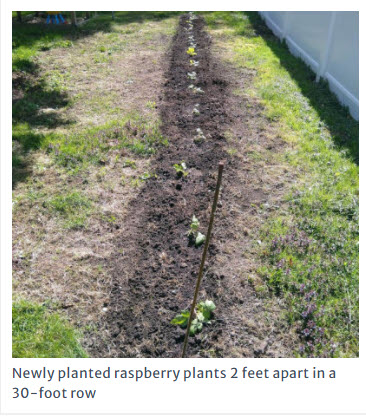
A raspberry trellis should include sturdy support posts and several levels of wire or twine strung between the posts on either side of the plants. Complete instructions are in the link above.
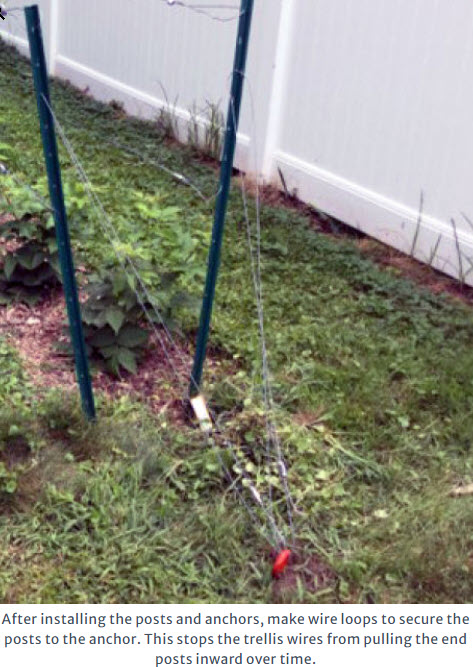
Wire is the preferred option but you’ll need earth anchors behind the end posts and something to secure the wire and keep it tight. Wire won’t loosen or wear out like twine does, however twine takes less time and supplies to install.
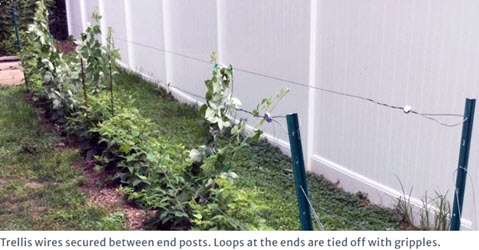
Me, I just let ‘em be but I lost fruit that way. There are summer bearing and everbearing types. ‘Boyne’ is good to zone 3 and highly recommended for flavor and fall color.
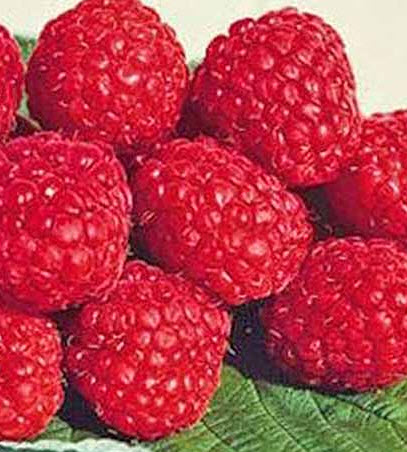
While ‘Killarney’ and ‘Royalty’ are good to zone 4. As for everbearing, ‘Jewel’ is good to zone 3. There are several for zone 4 climates including ‘Fall Gold’, which is a tasty gold, ‘Heritage’ and ‘Polka’ to name a few.
